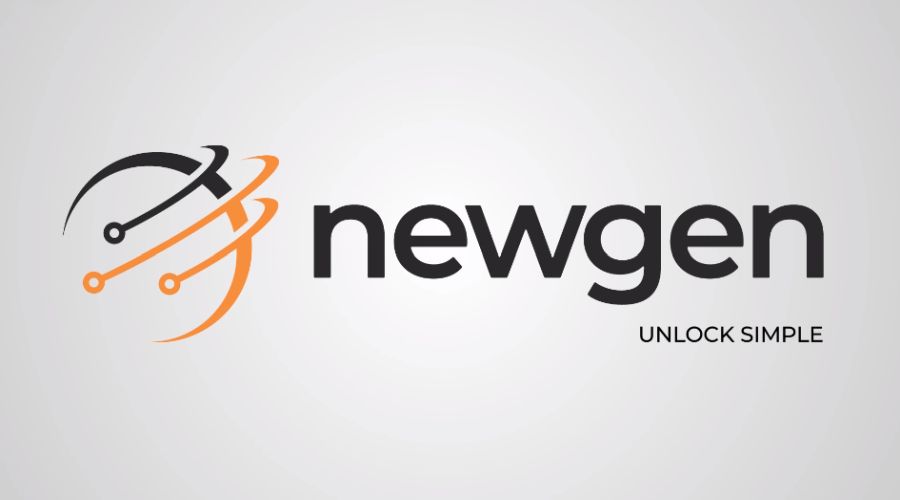Key Takeaways
- CoreWeave’s stock soared 25% on its third day after a rough start, where it dipped below its IPO price of $40.
- The company rents out Nvidia GPUs to tech firms and is competing with big names like Microsoft, Amazon, and Google.
- Economic concerns and Trump’s tariffs made the IPO market tricky, forcing CoreWeave to lower its share price before going public.
Coreweave saw its stock jump 25% on Tuesday, which is a big change from its second trading day when the stock had dropped more than 10%, falling below its starting price of $40.
The company went public on Friday, meaning public investors could start buying and selling its shares. But even though investors had heavily anticipated its debut on the market, being the biggest venture-backed tech IPO for a U.S. company since 2021.
There were uncertainties about the broader economy and tariffs, which made the stock open at its initial opening of $39 and end the day at $40.
Why Investors Were Nervous
Before launching its stock, CoreWeave had to make some last-minute changes. It had planned to sell shares for as much as $55 but had to lower the price to $40 instead. The number of shares also went down from 49 million to 37.5 million.
Some investors were hoping CoreWeave’s IPO would put energy back to the stock market, which has been slow in recent years due to inflation and high interest rates.
However, the company’s weak start didn’t boost confidence, and some investors are now unsure if other tech companies, like Klarna and StubHub, will have better luck when they go public.
What’s Next for CoreWeave?
CoreWeave CEO Mike Intrator explained that the company had to adjust its stock sale based on investor interest.
The company is currently worth about $19 billion and is growing fast; its revenue jumped 737% last year, reaching $1.92 billion. However, the report also recorded a net loss of $863 million.
CoreWeave faces fierce competition from Microsoft, Google, and Amazon, who are currently leaders in cloud computing. Investors will be watching closely to see if the stock continues to grow or if it struggles again in the coming weeks.






